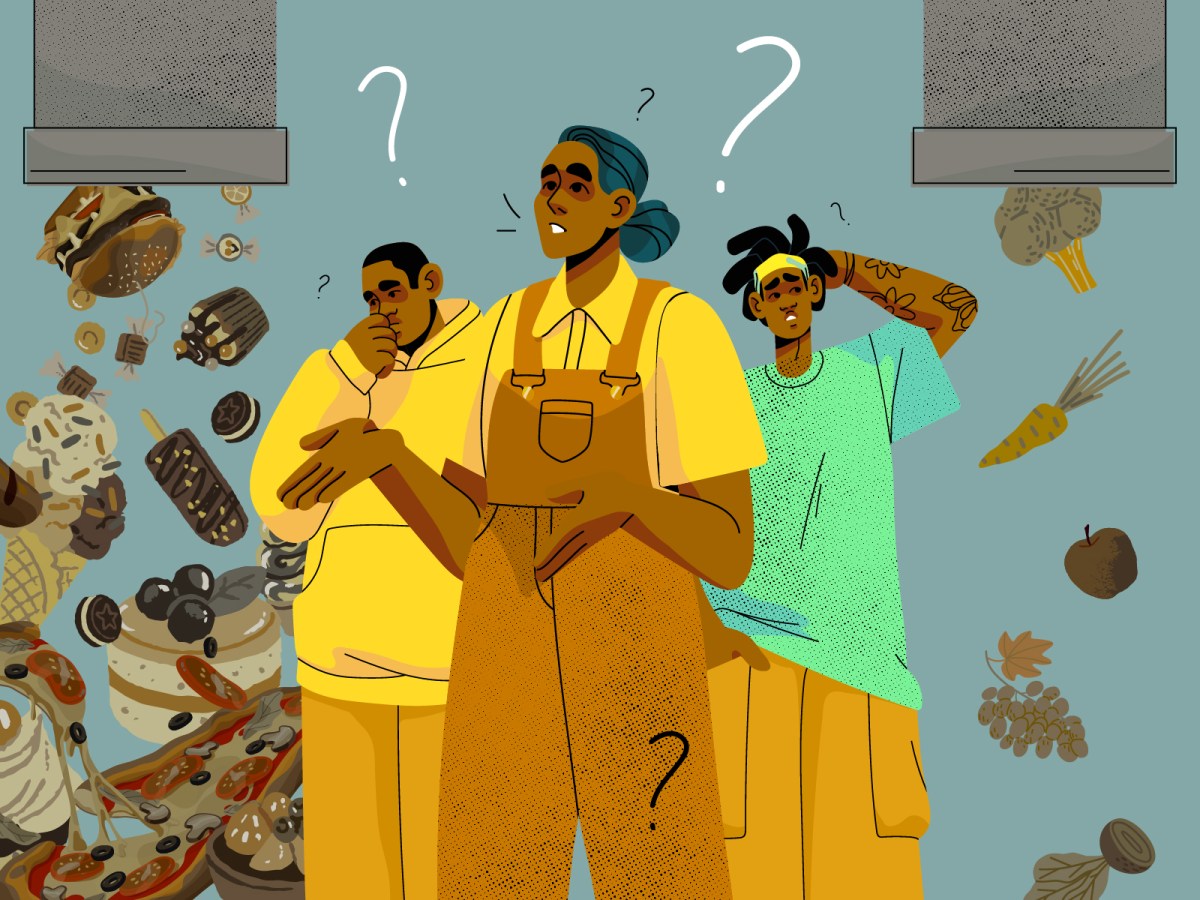If you’ve ever been part of a conversation about cultural appropriation and cultural appreciation, you know these discussions are nuanced. They can range from curious conversation to heated debate, with individual opinions often being influenced by different levels of cultural humility and curiosity. (Think Adele wearing Bantu knots, Jeremy Lin’s dreadlocks, Elvis Presley building his legacy without clear acknowledgement of the heavy influence of Black musicians, or Amy Winehouse adopting many of the sounds and styles of Motown.)
As discussed here, cultural appropriation occurs when someone claims ownership of another culture’s norms and traditions without regard or recognition of the initial source. And the louder and more influential a voice is in our society, the more the appropriation can downplay the original culture’s voice, influence and importance.
Cultural appreciation, on the other hand, is when an individual or community of people engages in the norms and traditions of another culture while acknowledging the source. We often see this through art, music, poetry, rituals and stories passed down by generations. When we witness these retellings with cultural appreciation, we listen to understand the intention and voices behind the message to truly grasp the story’s context.
The critical difference between appropriation and appreciation often comes down to cultural humility. Before engaging with something, it’s essential to be curious about its origins, learn as much as possible and give the proper credit.
Where do we draw the line?
Can any one person or group define the boundaries of art, music, or cultural practice? And how can people respectfully engage in cultural practices outside their cultural identity, proximity, family, and environmental norms?
Let’s explore within the context of music.
Discussions around Elvis Presley and Amy Winehouse were referenced earlier. Perhaps you’ve heard pushback around this discussion, with some saying they want to “just enjoy the music” and not have to dive into exploring its historical context.
But the very thing that connects people to music – the emotions and sense of wonder and awe – by nature inspires curiosity to learn about its origin. And reflecting on the context and messages that inform the sounds and lyrics deepens its meaning and enjoyment. (There is also privilege in being able to ignore the origins of different types of music.)
So how does one walk the line between appreciation and appropriation and respectfully engage?
- Do your research. Learn about those who were once criticized for displaying certain styles, looks and sounds that are now ubiquitous in mainstream culture.
- Consider the privilege you may hold when using these practices without proper acknowledgment of the source – and the continued discrimination faced by the original creators of a style and artform.Uplift and recognize those who have been historically ridiculed, shunned, and harmed for participating.
- Support art from the communities that originate it, versus copying and pasting what you see on social media into your next trend.
- Attribute cultural norms to the communities that originated them. Give due credit when incorporating aspects of other cultures into your life and daily practice and be mindful of the larger impact your practices can have.
In music and art, the distinction between appreciation and appropriation often comes down to the purpose of the performance: to empower and honor the historical value, or to make a profit from it. But how do we distinguish it in other areas – like health?
Advancing racial and health equity through humility and appreciation
Where I work at Blue Cross, they have long been committed to advancing racial and health equity, and an important lesson on this journey that they have learned is that there is never one story or one solution that will achieve the end goal. The dominant mainstream thinking often purports that the goal is to “fix” a particular community or ailment – an approach that perpetuates a “white savior” mentality.
What needs to happen instead – and what Blue Cross is committed to – is truly listening to, partnering with, and building trust, and sharing power with the communities that are served. Communities know best when it comes to the health inequities they experience, and the solutions that will have the greatest impact.
As mainstream organizations continue engaging with comminutes, it’s critical to approach community conversations with humility, respect and curiosity, acknowledging that we don’t know what we don’t know, especially in terms of cultural norms and communal and historical truths. What we know is based on our lived experiences and proximity. The only way to learn and move forward is by respecting and celebrating our differences.
This approach will prevent copying and pasting statistics into solutions without cultural and historical context. Instead, we can all dive deeper into the stories shared by communities with an appreciation of their perspectives, wisdom and solutions.
About the author: Tatyana Ymani Beck is a Sustainability Program Manager and Implementation Lead at Blue Cross and Blue Shield of Minnesota. Tatyana is also actively engaged in the Twin Cities dance community as an artist and street styles dancer.
READ MORE SPONSORED CONTENT ARTICLES BY BLUE CROSS AND BLUE SHIELD OF MINNESOTA
Understanding and Improving Black Maternal Health
This week marks the seventh annual Black Maternal Health Week, organized by the Black Mamas Matter Alliance. Held each year from April 11-17th, the week focuses on building “awareness, activism, and community-building to amplify the voices, perspectives and lived experiences of Black Mamas and birthing people.” The state of maternal healthcare and birth equity is…
Advancing racial and health equity through oral healthcare
As February comes to a close, so does the American Dental Association’s National Children’s Dental Health Month. This month is dedicated to promoting the benefits of good oral health to children, their caregivers, teachers and the broader community. One of the main risks of poor oral health is its association with other chronic diseases such…
Eliminating Barriers to Healthy Eating for East African and Somali Community Members in Saint Cloud
Central Minnesota Community Empowerment Organization (CMCEO) is on mission to eliminate barriers to healthy eating and increase the availability of culturally relevant foods for East African and Somalian community members in Saint Cloud Minnesota. CMCEO is a non-profit organization dedicated to empowering immigrant communities and people of color in Central Minnesota. CMCEO aims to address…





